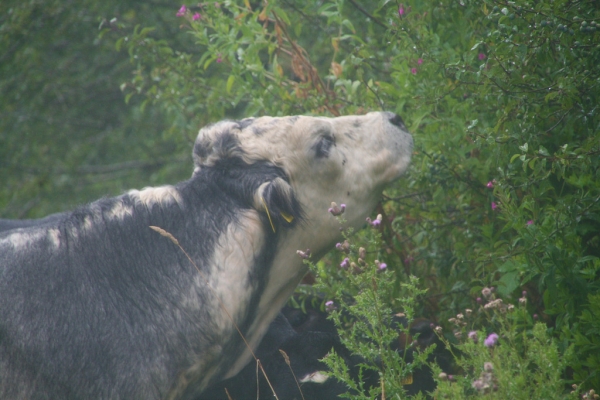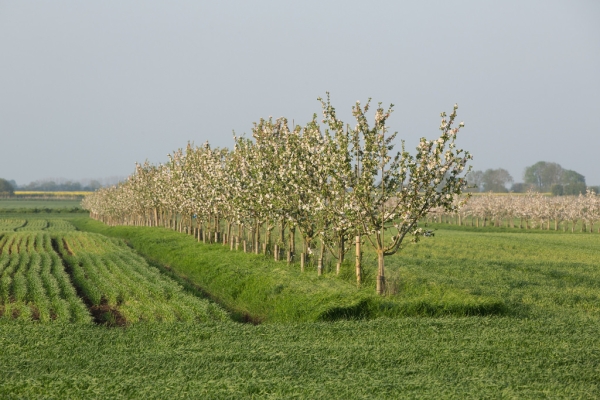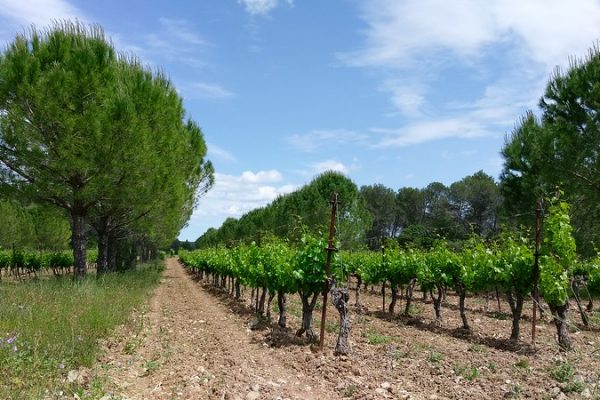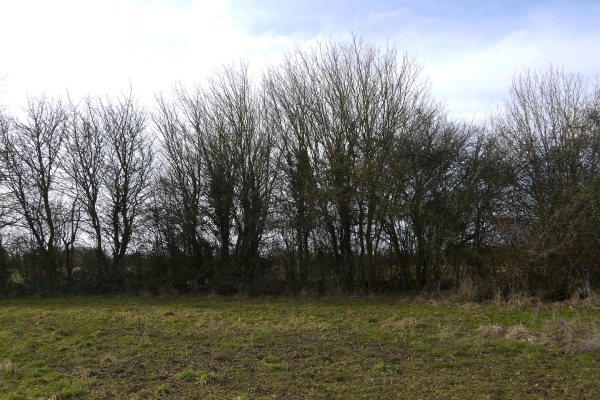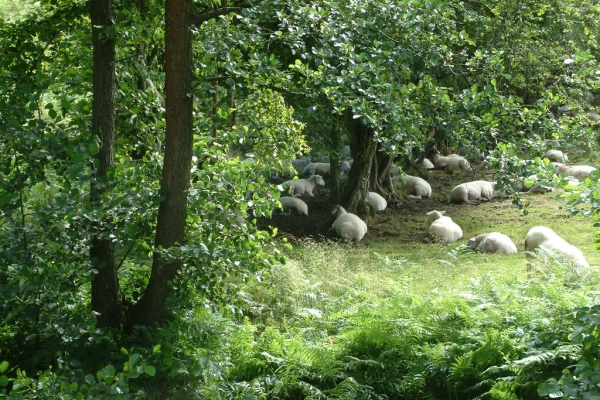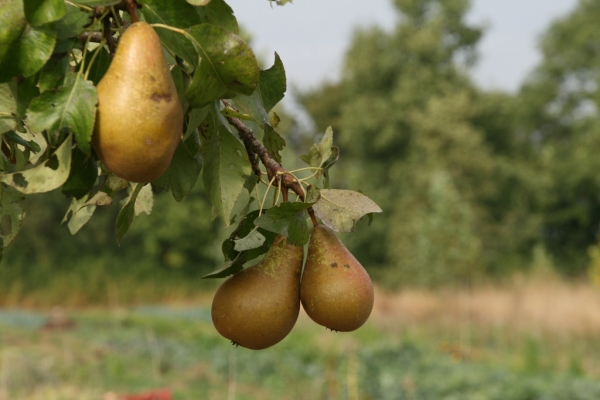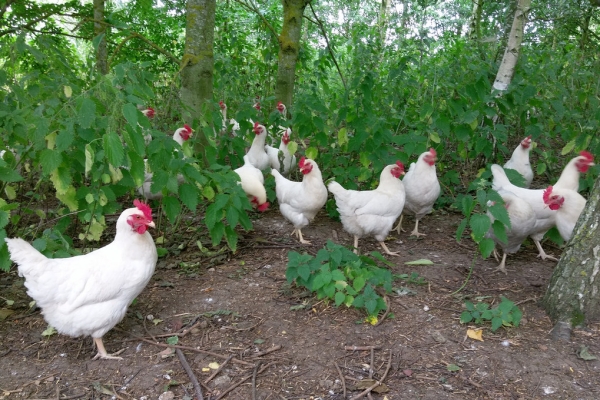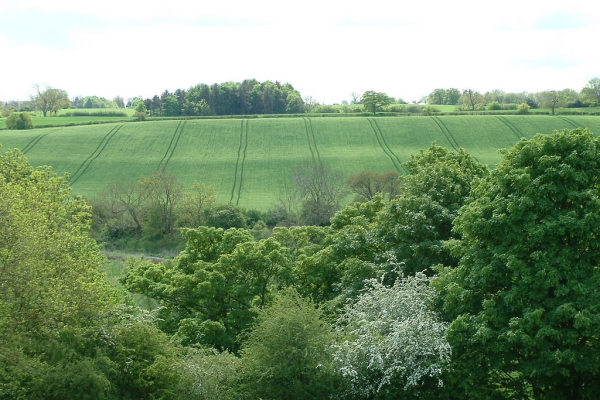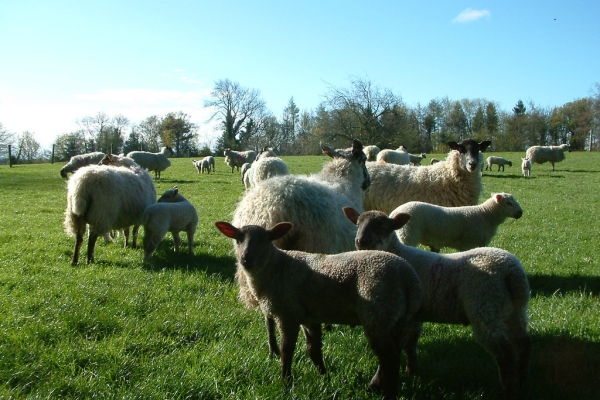Agroforestry is the missing agro-ecological element
A farmer’s reflection on the EURAF 2018 Conference…
I am an organic, pasture fed and regenerative farmer in the Cotswolds at Conygree Farm on the National Trust’s Sherborne Park Estate. I am passionate about farm conservation, diversity and ecology, and producing high quality food.
Species rich limestone grassland restoration and the creation of habitat for farmland birds are our two key aims. In addition, I have planted a number of small shelter belts and new hedges on the farm. However, I hadn’t considered agroforestry as an option. Until now!
With the help of a generous farmer bursary from the Organic Research Centre and Farm Woodland Forum I recently attended the 4th European Agroforestry Federation (EURAF) conference in Nijmegen, Netherland.
This 3-day event focused on accelerating and inspiring transition towards agroforestry as a sustainable land use, including the role that agroforestry has to play in the fight against climate change.
On day one I met with academics, practitioners and policy leads from across the EU and further afield. Speakers summarised progress to date, the need for ecological intensification, agroforestry and CAP, and Dutch ambitions. Parallel sessions offered research findings on factors of success and failure, costs and revenue potential, future policy issues, and the real potential that agroforestry has to reduce and mitigate climate change. All impressive and inspiring stuff.
I was particularly looking forward to day two and the various field tours. We visited Willem and Henriëtte van Roessel of Riel, 85 km west of Nijmegen. Here the family have moved away from conventional dairy farming to an organic, mob grazed pasture based, calf at foot system. All milk is now sold direct. Over 600 fruit and walnut trees have been planted in avenues in the herb rich pastures. Although it’s early days these trees are providing shade and shelter to the cows (leading to higher animal welfare and feed efficiency), better water retention in dry conditions, a source of tree fodder (good for the gut biome) and will eventually generate additional income. Chickens free range under the trees too. While milk yields have dropped farm business profits are up and stress levels are down – what is not to like!
A delicious home grown lunch was served at Boshoeve Sprankenhof care of Mark Vonk and Josèt Vermeer. Once a conventional dairy farm the holding has been transformed into an organic fruit garden with a variety of berries integrated with vegetables, a greenhouse and chickens. A fine example of high value produce stemming from diverse land use (enterprise stacking) and good soil management delivering a range of public goods and a thriving business.
Our final stop was at Den Food Bosch. This fascinating food forest project is a co-operation between students and researchers from HAS and Wageningen University, and the local water authority. It aims to showcase alternative farming practices and food forest systems, and to share experiences of temperate climate agroforestry. Year one planting was near complete and the first fruit and vegetable harvest was starting. By harvesting solar energy, building soil carbon and working with ecological diversity, this one hectare plot should yield over £30,000 of fresh produce each year. Local water quality and biodiversity will also be enhanced. Good luck to all involved – inspiring work.
In the evening, all parties returned to Nijmegen for a conference BBQ and much needed cold beer. Everyone seemed energised by the lessons they had learnt that day.
A prize for Best Conference Poster was awarded to Dr Ian Grange (from the Royal Agricultural University (RAU) in Cirencester, where I also do some lecturing in farm business management) for research he and colleagues has done into the value of hedgerows for carbon capture and storage. More attention is now being given to hedgerows, not only as a landscape and boundary feature, but also for a range of other ecosystem services they provide, including carbon sequestration. I hope Mr Gove has spotted this win-win.
Day three consisted of parallel sessions on farmer case studies, innovation, tree fodder (a really interesting concept to a farmer like me seeking a healthy and sustainable ways of producing beef and lamb), the value chain and biodiversity. Closing statements were made and a conference statement agreed.
I left Nijmegen with a fresh vision for Conygree Farm. I now realise that agroforestry is the missing element. I have focused on the horizontal and totally ignored the benefits of 3D farming. This lesson is relevant to all but particularly fellow regenerative farmers and Pasture for Life producers.
Since the conference I have started developing a plan to link the existing woodlands on the estate with a mix of block planting and grazed wood pasture. Also, to help us move to a high welfare mob grazing system I am looking to create grazing avenues with trees – this will, I hope, offer shelter and shade for our livestock, fodder for browsing, carbon sequestration benefits, increase the area of habitat on the farm and offer an additional agroforestry/timber resource.
The crazy weather this year has shown me two things. The cold drifting snow showed where all the wind tunnels are on the farm and hence where more shelter is needed, while the heatwave has highlighted that the best grass grows under and around trees – if only I had planted more 10 years ago!
With my RAU hat on I am currently leading a team developing a new BSc in Agroecology and Sustainable Land Management at the university. Agroforestry content will now be built into this exciting degree.
Finally, I encourage all farmers out there to engage with the next EURAF conference and the various AFINET / Farm Woodland Forum events. Seeing good examples and learning from each other is always so valuable.
Follow Jonty on Twitter, read the Agricology farmer profile or his previous blog ‘Turning sunshine into Sunday dinner: Musings from a ‘pasture fed’ Cotswold farmer‘



